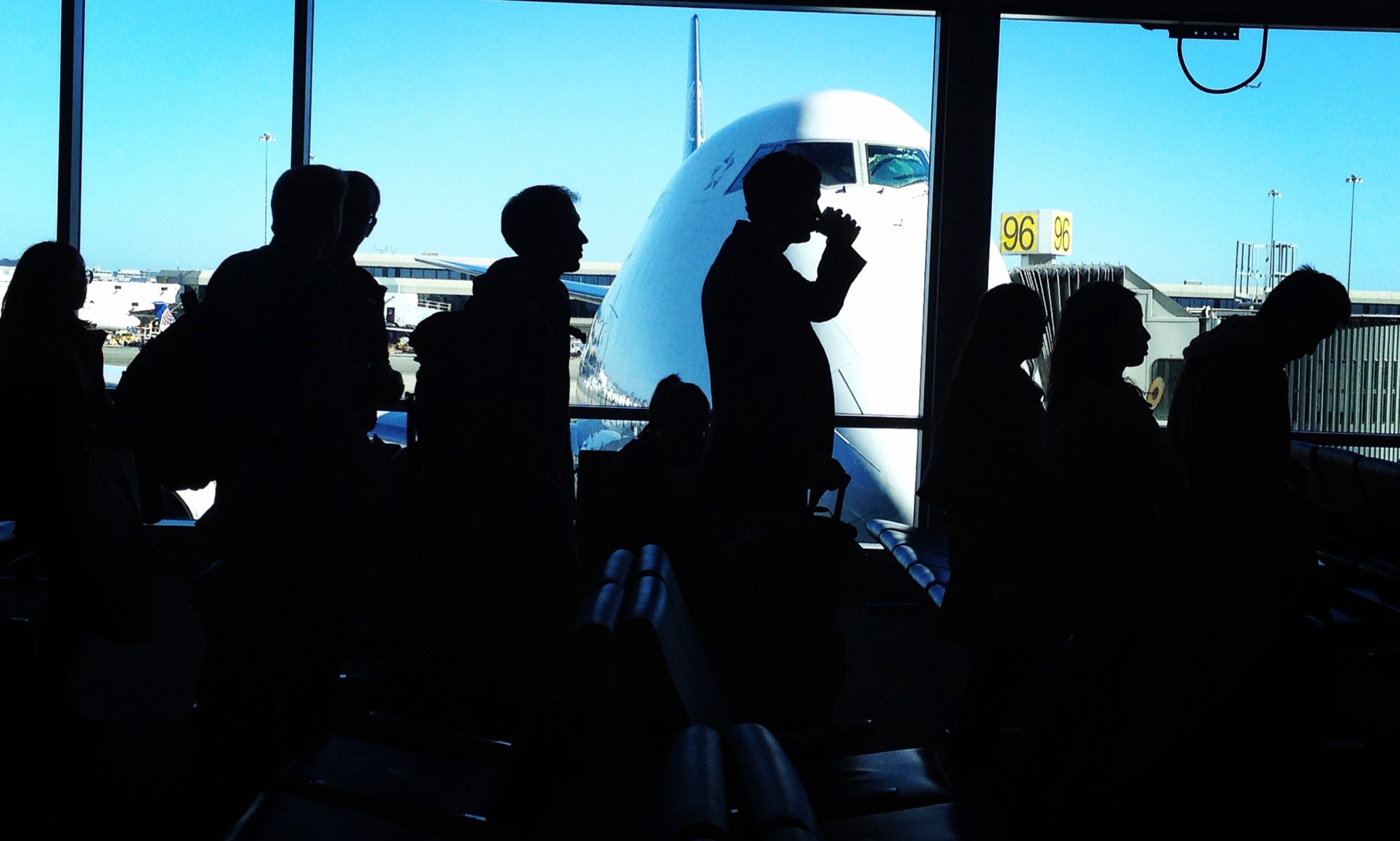Reporting from Washington — A series of pilot errors caused the crash of Continental Connection Flight 3407 near Buffalo, N.Y., last year, killing 50 people, but several common aviation industry practices may have led to the mistakes, the National Transportation Safety Board reported Tuesday.
NTSB Chairwoman Deborah A.P. Hersman said the pilots’ errors showed their “complacency and confusion that resulted in catastrophe.” She said she would press the Federal Aviation Administration and Congress to change procedures.
“History is repeating itself,” Hersman told reporters during a break in an evidentiary hearing Tuesday. “There are things in this accident we’ve seen before. . . .”
“Today is Groundhog Day, and I feel like we are in that movie,” she said, referring to a 1993 film about a weatherman who repeatedly relives the same day. “We have made recommendations time after time after time. They haven’t been heeded by the FAA.”
Safety issues raised by the Buffalo accident, Hersman said, go beyond the mistakes that caused it. She noted that the crash cast a spotlight on the safety gap between major airlines and regional carriers, where lower-paid pilots are more likely to commute long distances, fly fatigued and receive inadequate training.
In this instance, the pilot commuted from Florida and the copilot from Seattle, where she lived with her parents. Flight 3407, operated by Colgan Air Inc., took off from Newark Liberty International Airport in New Jersey en route to Buffalo Niagara International Airport on Feb. 12, 2009. But the Bombardier Dash 8 Q400 crashed into a house in Clarence Center, N.Y., about six miles short of the runway, killing 49 people on the plane and one on the ground.
The FAA responded with a statement late Tuesday, asserting that it had “driven significant improvements in pilot professionalism, training and background checks” in the last year. It promised to “review and evaluate” the NTSB’s recommendations to determine what actions might be needed, and said it would publish rules to prevent pilot fatigue and improve training.
Investigators say Flight 3407 stalled on approach when, in response to an automated stall warning, the pilot pulled back on the control column instead of pushing it forward to gain speed. Even so, investigators think Capt. Marvin Renslow could have regained control if he had pushed the control column forward. Instead, he pulled back on it three more times.
“That’s very unusual behavior and, quite frankly, I’m at a loss to explain it,” said Tom Haueter, director of the NTSB’s Office of Aviation Safety.
In its report, the board also cited inattention to airspeed, unnecessary cockpit conversation and some of the carrier’s procedures. It issued 25 safety recommendations.
NTSB member Robert Sumwalt, a former airline pilot, zeroed in on the unusual amount of cockpit chatter by Renslow, 47, who had a one-sided conversation with copilot Rebecca Shaw, 24. Shaw had complained to Renslow before takeoff that she felt ill.
“It was as if the flight was just a means for the captain to conduct a conversation with this young first officer,” Sumwalt said, adding the cockpit chatter could have squandered the time and attention the pilots needed to recover from the stall.
The NTSB found that icing was not a factor, nor was the copilot’s illness. But the agency chastised Shaw for sending a text message from the cockpit before takeoff.
“Distractions caused by personal portable electronic devices affect flight safety because they can detract from a flight crew’s ability to monitor and cross-check instruments, detect hazards, and avoid errors,” the NTSB report says.
This story originally appeared in the Feb. 3, 2010 print edition of the Los Angeles Times. A shorter version of this article is available online.
